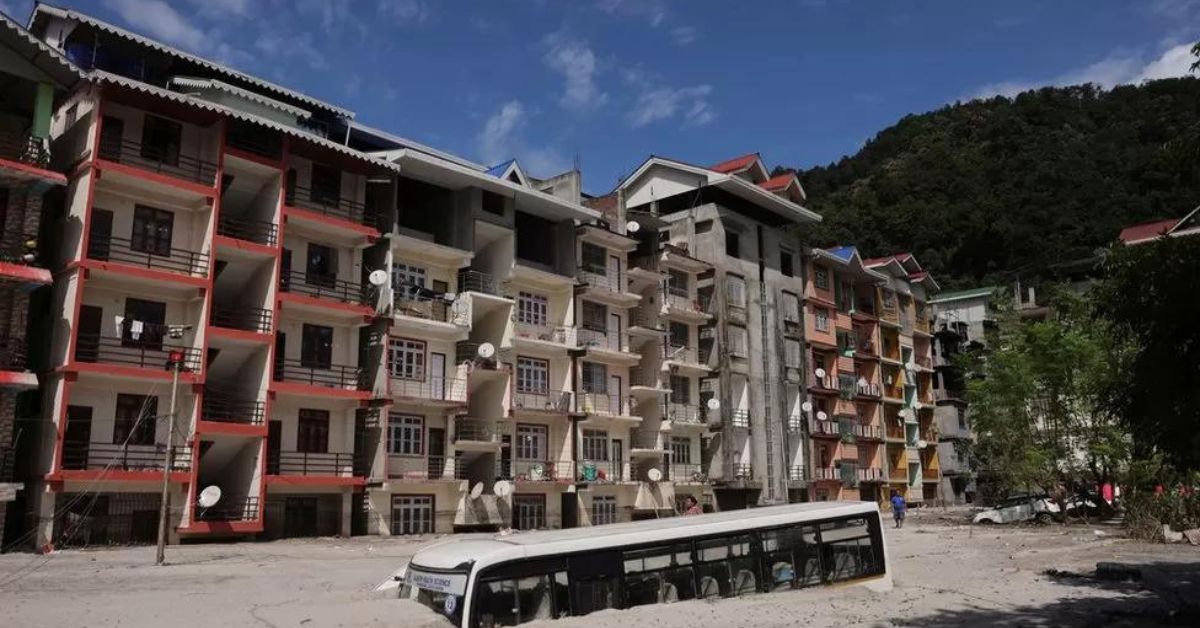In a race against time, the Indian Air Force (IAF) and the Army have joined forces to conduct a daring rescue mission in the wake of a devastating flash flood that has struck the picturesque state of Sikkim. This calamity, triggered by a cloudburst over Lhonak Lake in Mangan district, has claimed lives and left several tourists stranded in the remote areas of Lachen and Lachung.
The Crisis Unfolds
The Sikkim flash flood, which surged through the Teesta River, has resulted in a tragic death toll of 34, with additional casualties reported downstream in West Bengal. However, officials caution that there may be some overlap in the numbers reported by the two states.
Ten brave Army personnel have fallen victim to the Sikkim flash flood fury, and the search continues for 105 individuals who remain missing since the catastrophe struck.
The Heroic Rescue Operation
In response to this dire situation, the IAF has sprung into action, deploying its Garud commandos and dispatching Chinook and MI 17 V5 helicopters. These choppers are equipped with essential supplies, including communication gear, fuel, medicines, and search and rescue equipment.
The IAF, along with the Army, has executed a series of daring sorties to rescue stranded tourists. IAF’s MI-17 and Chinook helicopters conducted ten sorties, rescuing a total of 354 tourists from disaster-stricken areas and transporting them to the safety of Pakyong Airport. Simultaneously, the Army carried out the evacuation of 45 tourists from Lachen to Mangan using helicopters.
A Visit from the Chief of Army Staff
The gravity of the situation prompted the Chief of Army Staff, General Manoj Pande, to undertake a two-day visit to Sikkim Flash Flood. He personally surveyed the affected areas during an aerial reconnaissance mission on Sunday, making an effort to assess the extent of the disaster and coordinate rescue efforts.
The Need for Early Warning Systems
While the heroic efforts of the IAF and Army are commendable, experts emphasize the urgency of implementing early warning systems in the region. The Sikkim flash flood is a stark reminder of the pressing need for advanced technology and preparedness in the face of natural disasters.
The installation of early warning systems, particularly in areas prone to glacial lake outbursts like Lhonak Lake, can be a game-changer. These systems provide real-time alerts, allowing authorities to evacuate people and open floodgates from downstream dams to mitigate damage.
As the search for missing individuals continues and the affected regions begin to recover, the lessons learned from this tragedy underscore the importance of proactive measures to protect lives and property in the face of climate-induced disasters.
In a world where the effects of climate change are felt ever more acutely, timely action and preparedness can make all the difference in safeguarding vulnerable communities.
